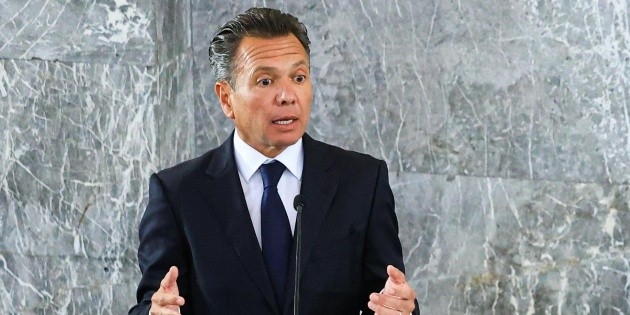Riat Ismagilov, dentist: "Dental implants are not suitable for everyone. There are cases where they cannot be integrated."
%3Aformat(png)%3Aquality(99)%3Awatermark(f.elconfidencial.com%2Ffile%2Fa73%2Ff85%2Fd17%2Fa73f85d17f0b2300eddff0d114d4ab10.png%2C0%2C275%2C1)%2Ff.elconfidencial.com%2Foriginal%2F29b%2F338%2F1ab%2F29b3381abc8d8dbf1beba9dadf498789.png&w=1920&q=100)
Every day, hundreds of people in Russia undergo dental implant surgery. Most believe that, after the operation and a few months' wait, the problem will be solved forever. But, according to Russian dentist Riat Ismagilov, that confidence isn't always justified. " Dental implants aren't suitable for everyone. There are cases where they can't integrate," the specialist warns in one of his most shared videos.
Dental implants have become the most popular solution for replacing missing teeth: an artificial titanium root onto which a crown, mimicking a natural tooth, is attached. However, Ismagilov insists that the success of the treatment depends not only on the technique but also on the individual's body. "There are people whose bodies simply don't accept the material or who have underlying conditions that prevent proper healing ," he explains.
The implant integration process—when bone cells grow within the titanium thread and a stable bond forms—can take between three and six months. During this time, the patient may experience swelling, bruising, and even go weeks without a visible tooth. “Swelling isn’t always a bad thing. The more active the body’s response, the better the recovery usually is,” the dentist explains.
However, if the implant fails to take or is rejected, the procedure must be repeated. The protocol, Ismagilov explains, includes cleaning the area, allowing the bone to rest, and then, after a few months, attempting the placement again. The most frequent causes of failure are uncontrolled diabetes , bisphosphonate treatment, active cancer, or immunological problems. It is also contraindicated in minors, whose skeletal system is still developing.
Despite the precautions, the figures remain encouraging. The integration rate, the expert states, exceeds 98% in healthy patients with good clinical follow-up. Furthermore, advances in materials and digital planning allow for faster procedures—sometimes in as little as twenty minutes—and fixed prostheses that offer improved comfort compared to removable ones.
The dentist emphasizes another key point: implants should not be seen as a quick fix or an unattainable luxury. In most clinics, payment is divided into installments according to the treatment phases: placement, adaptation, and final prosthesis . “The important thing is to understand the biological timing and not rush things,” Ismagilov reminds us.
El Confidencial





